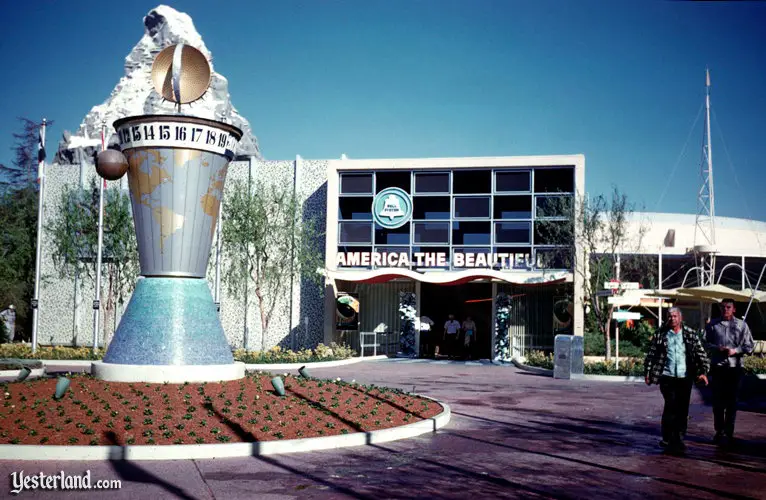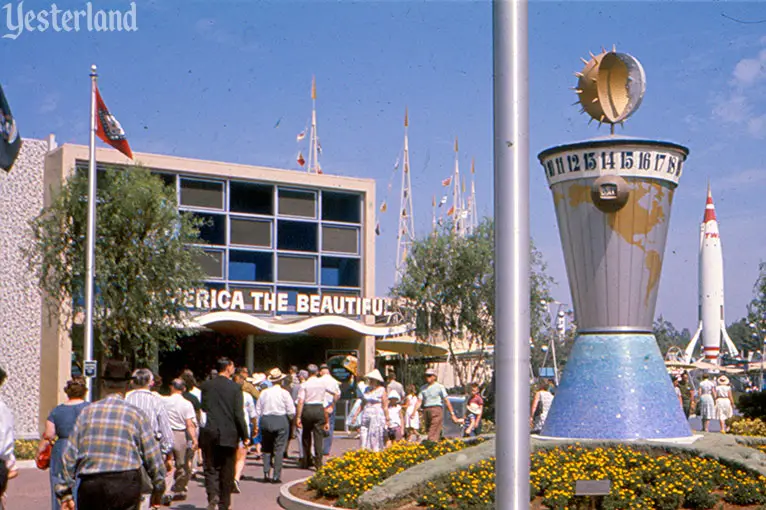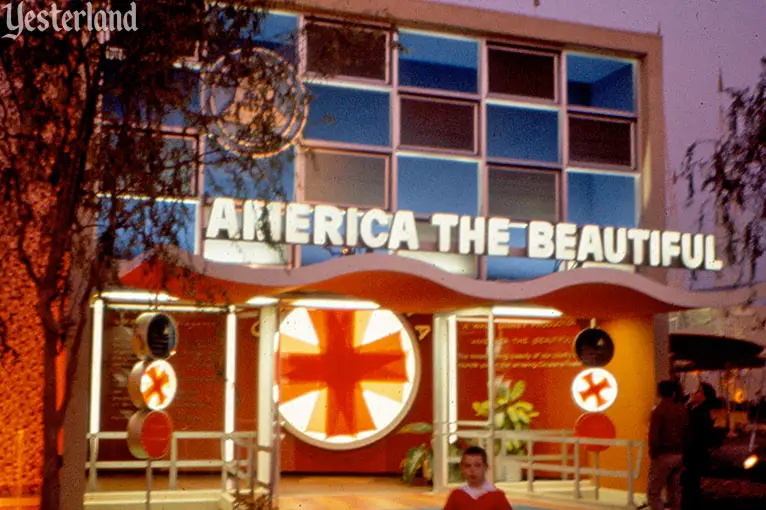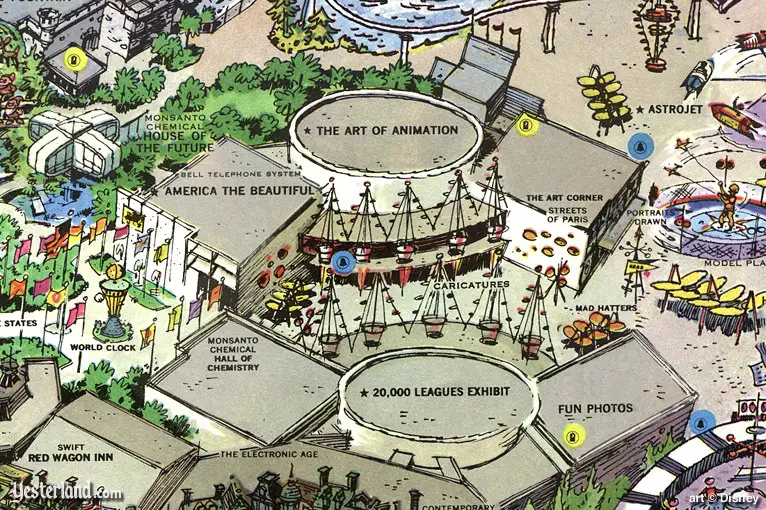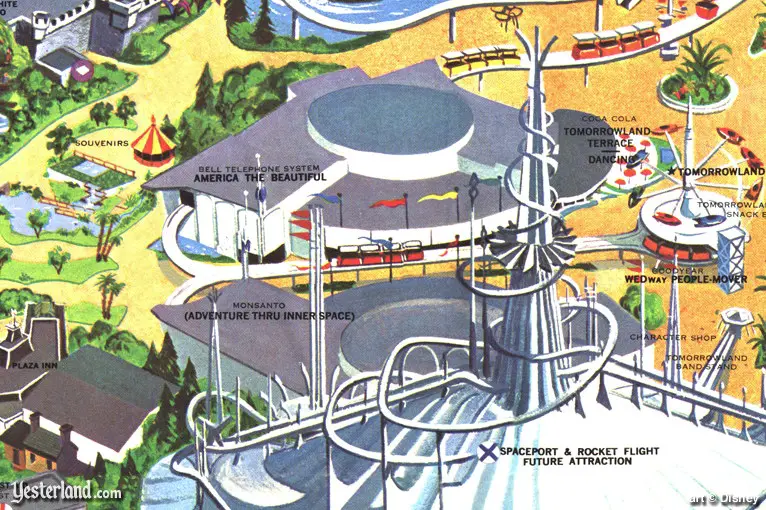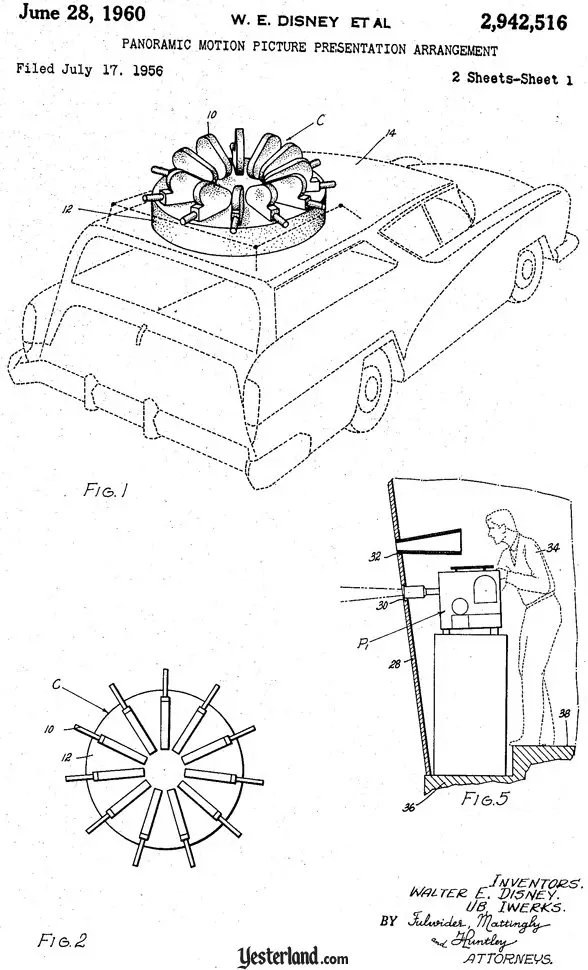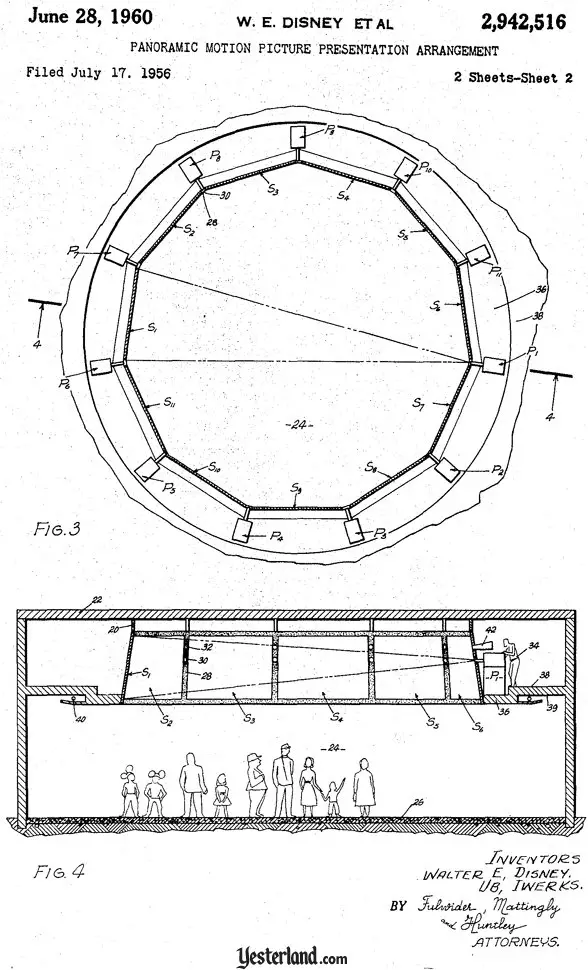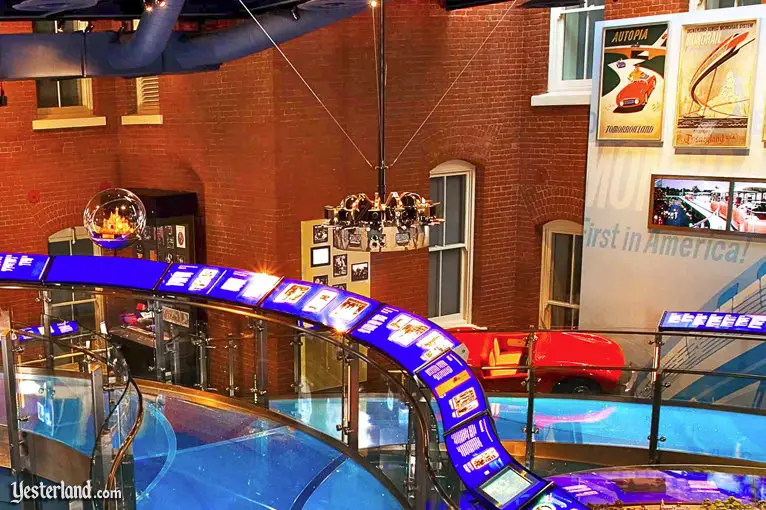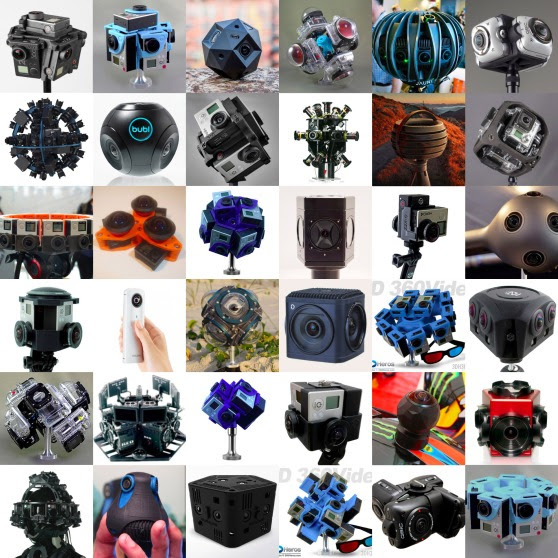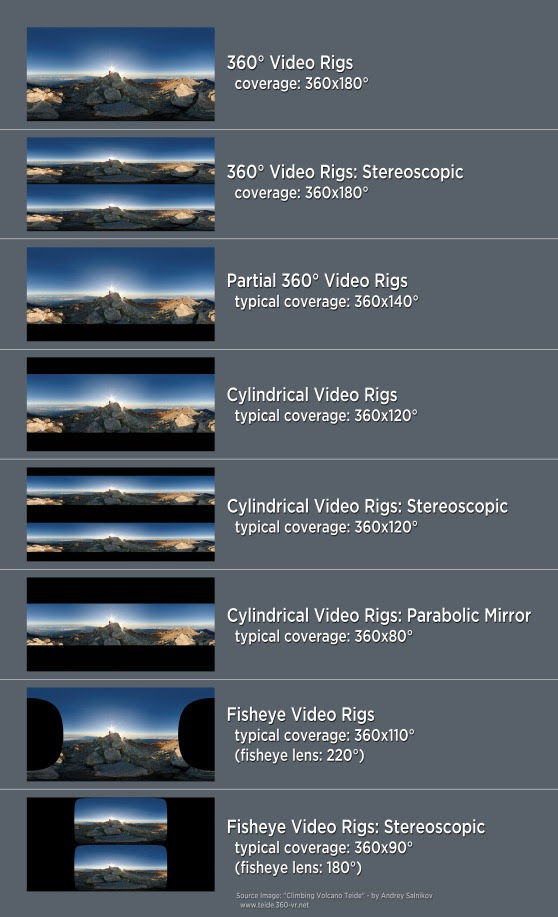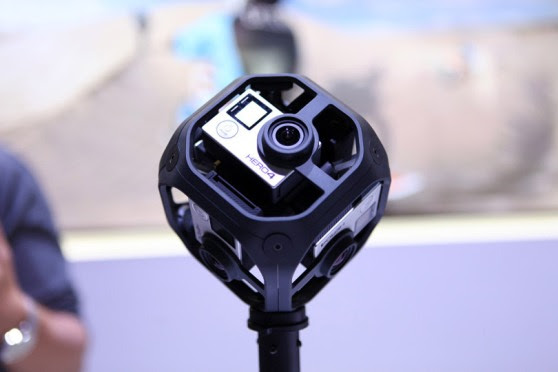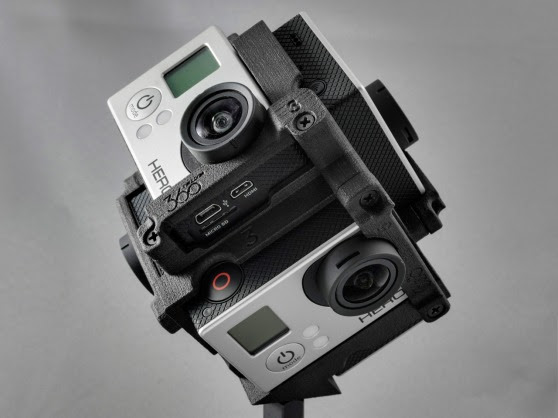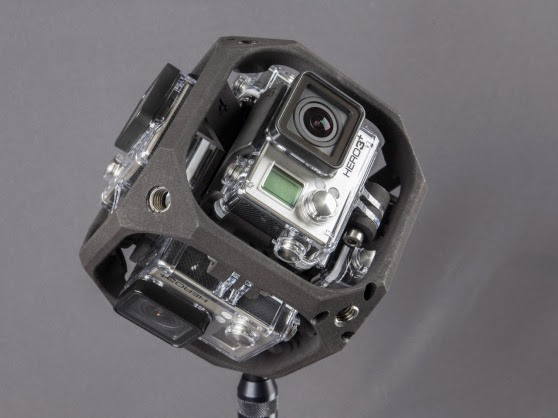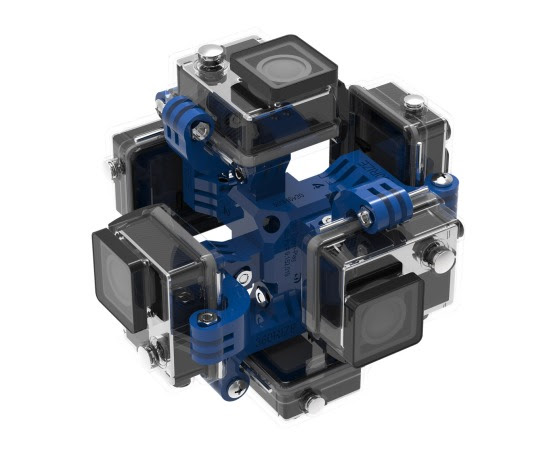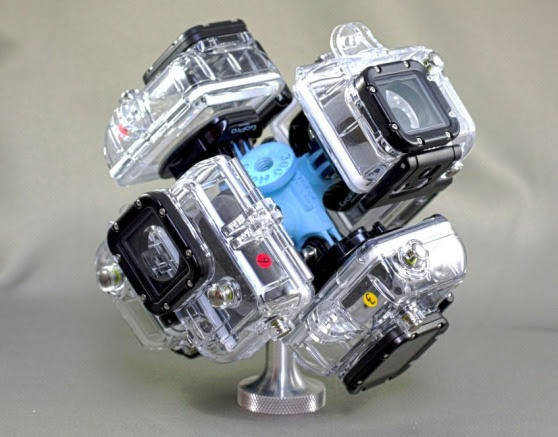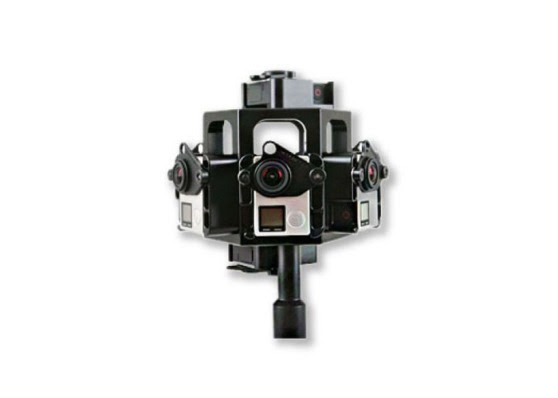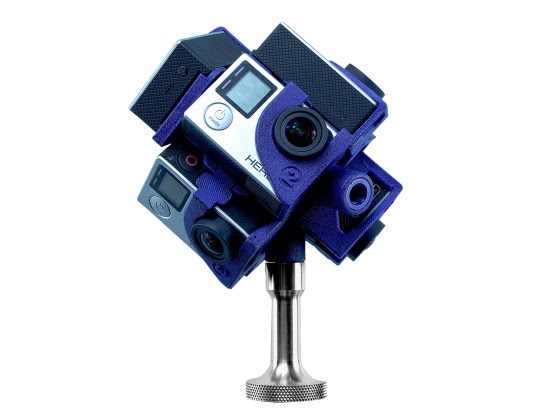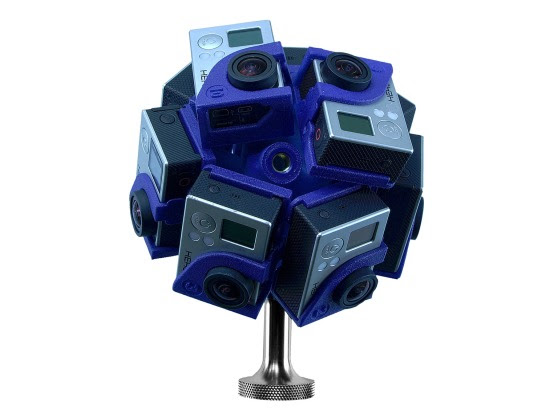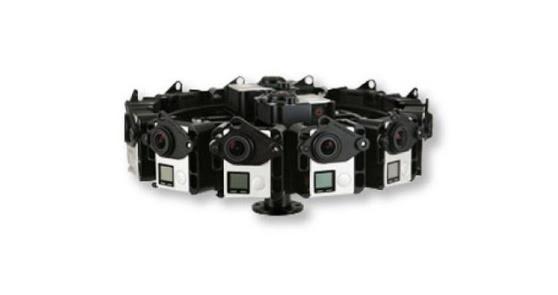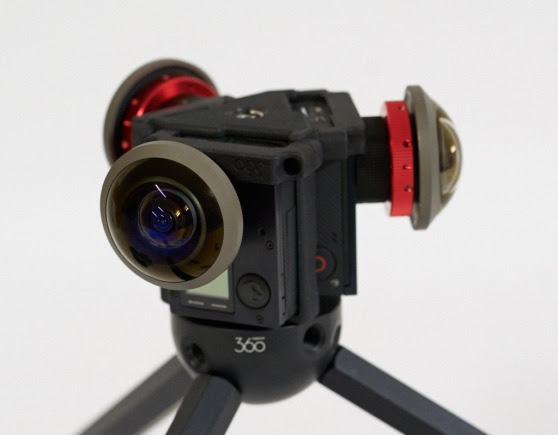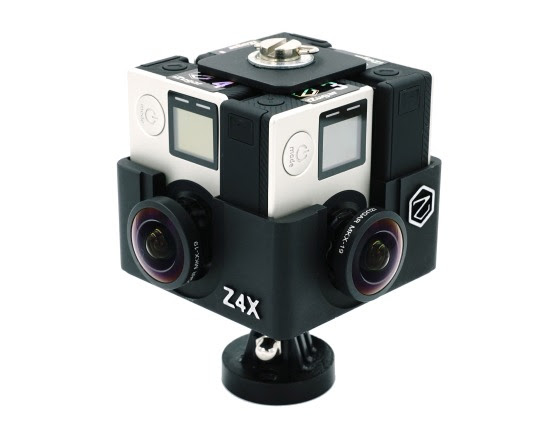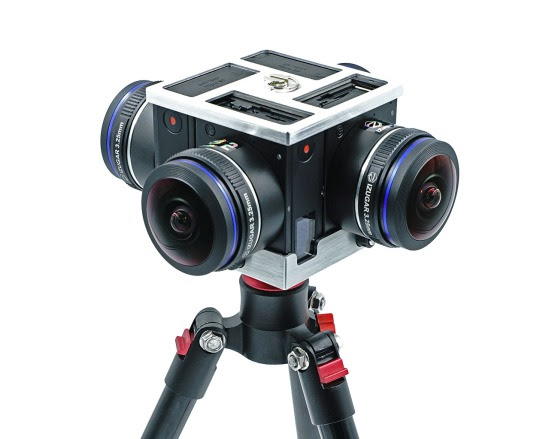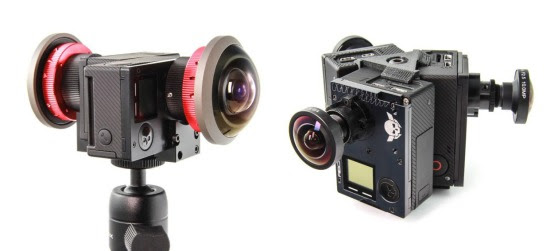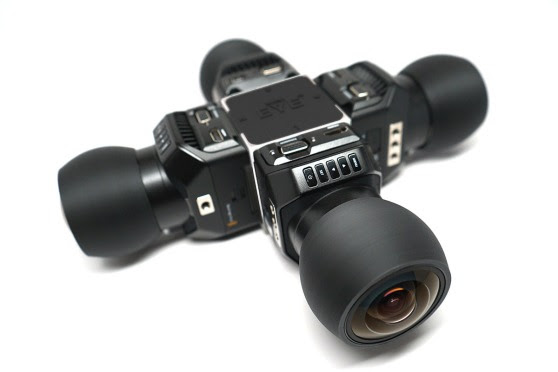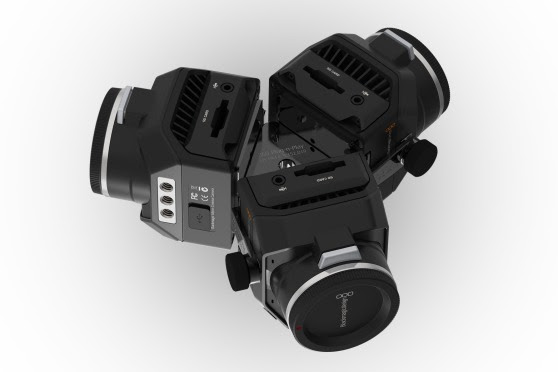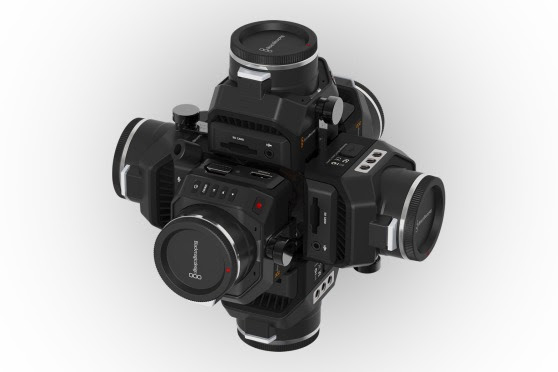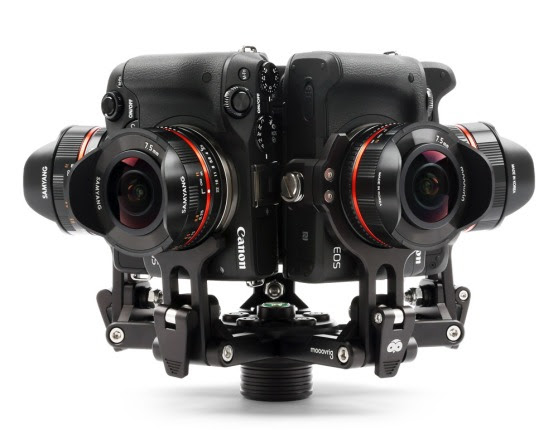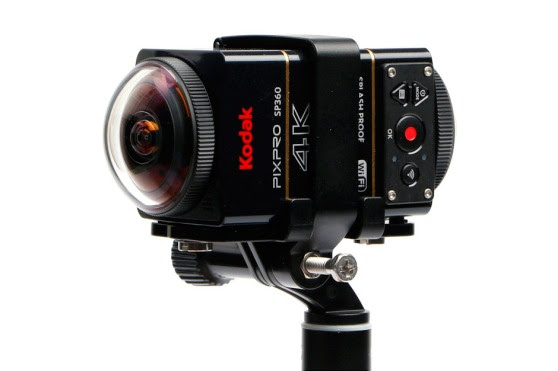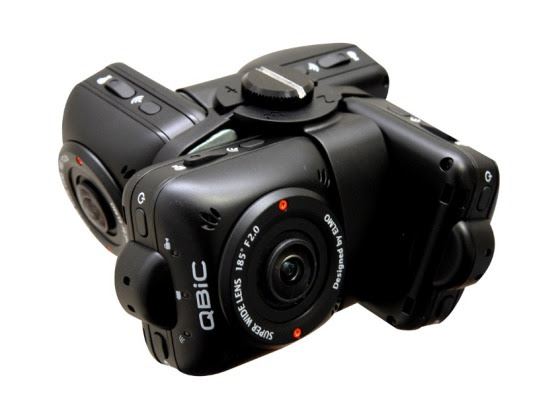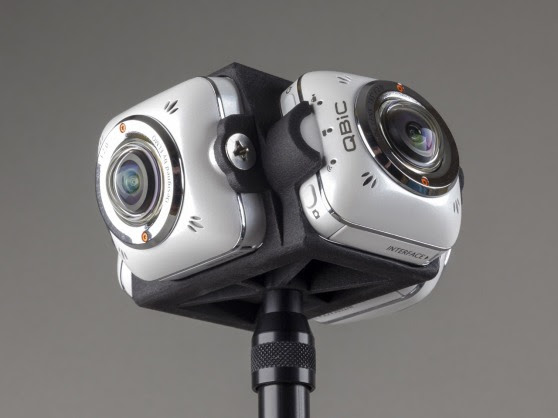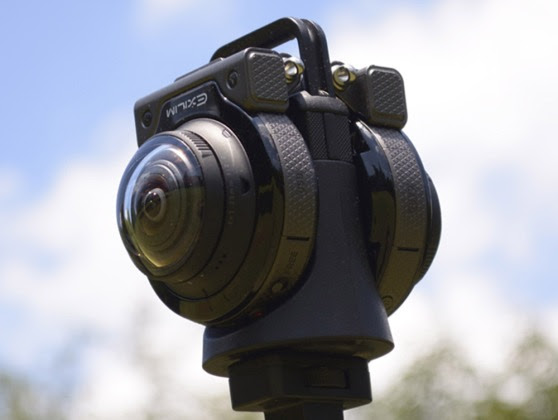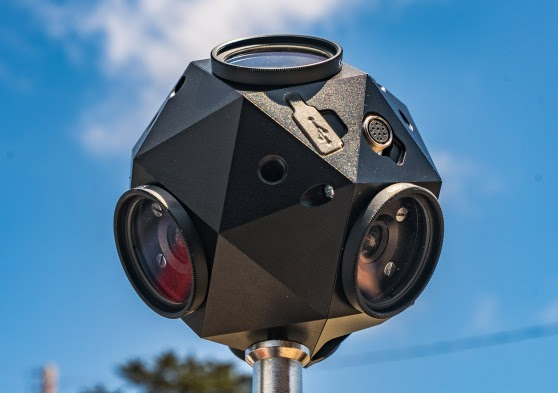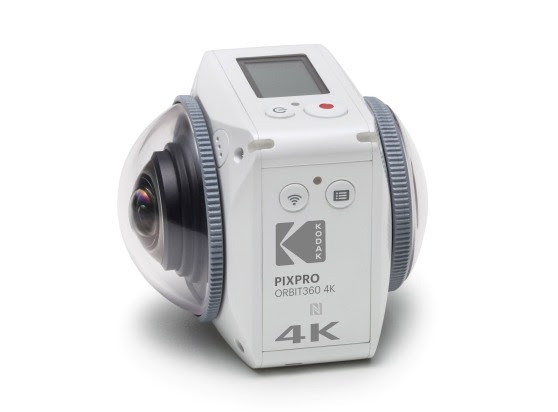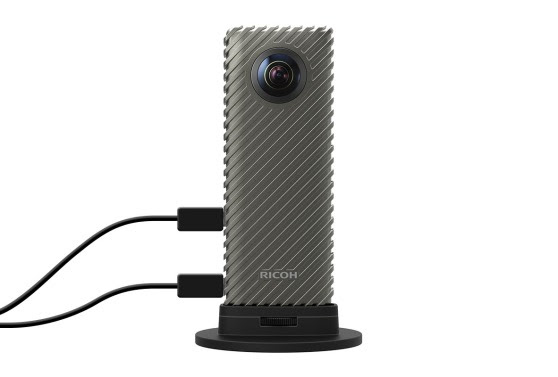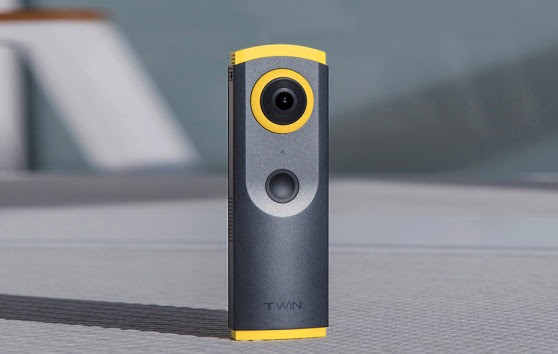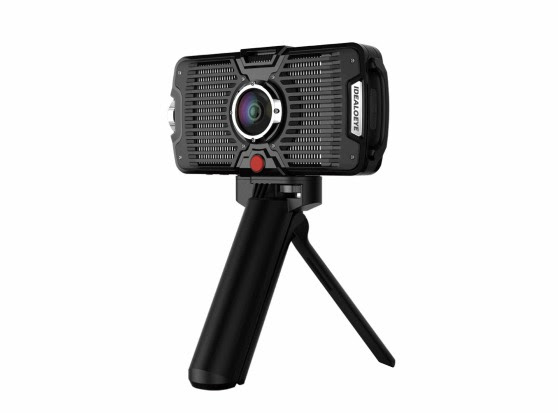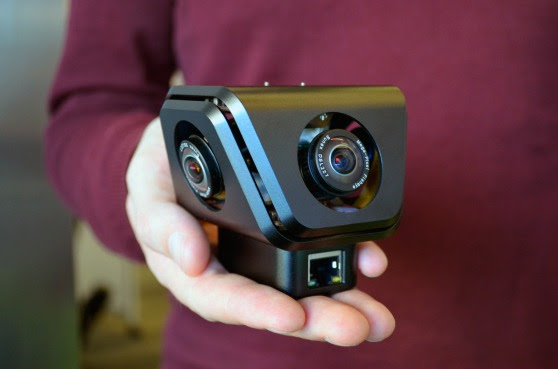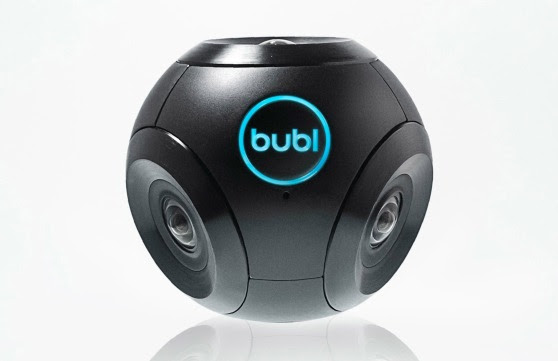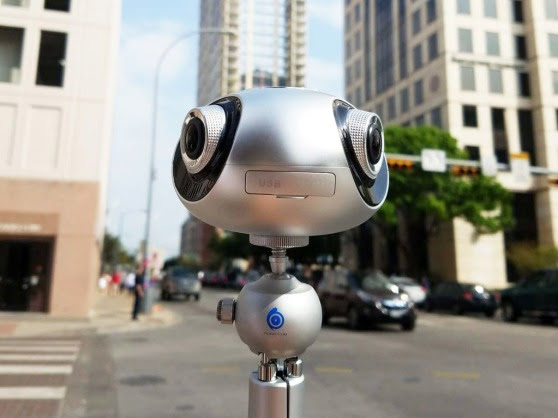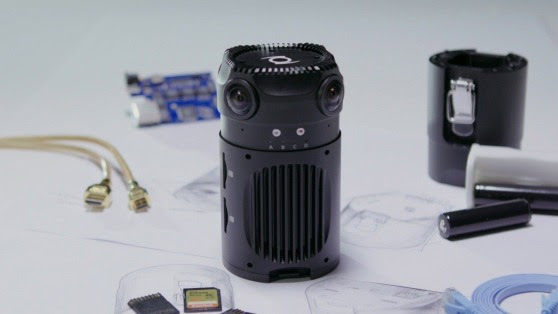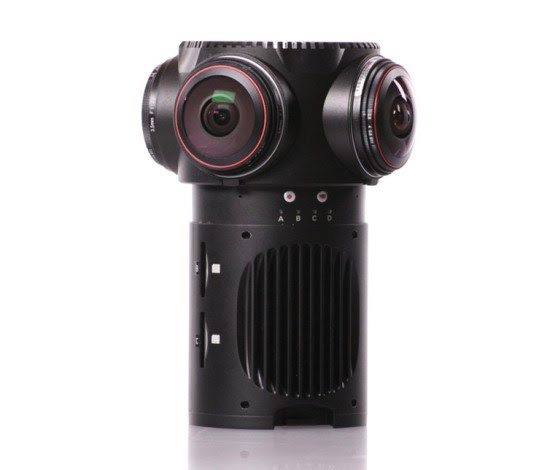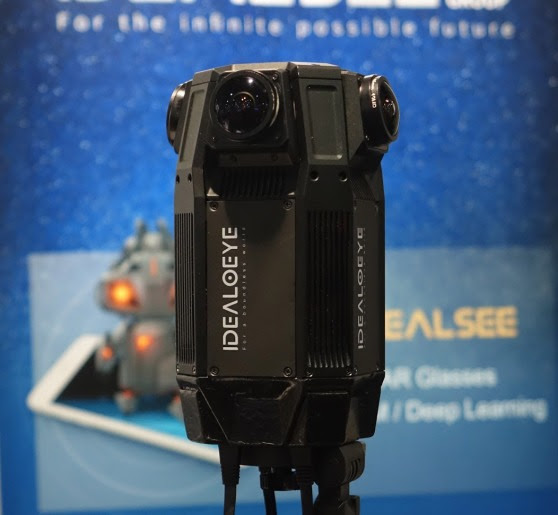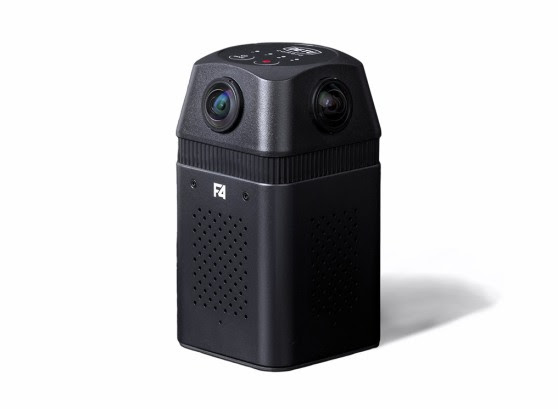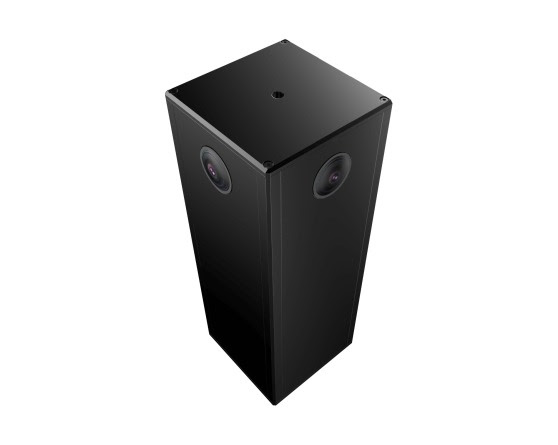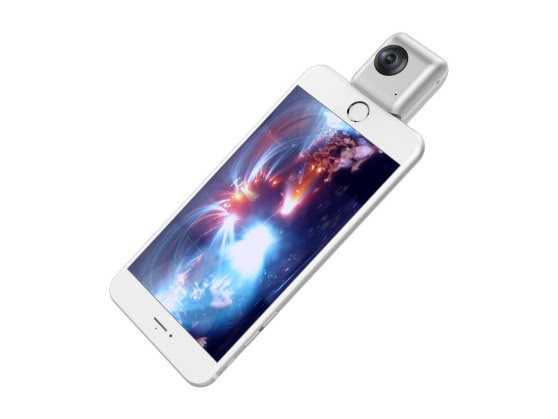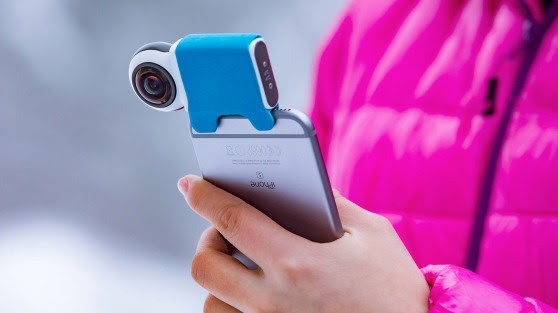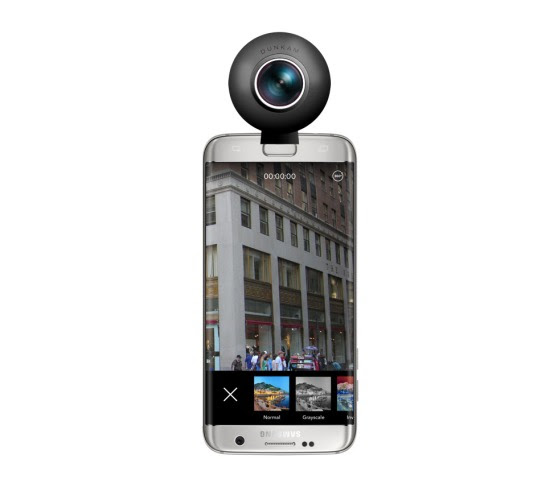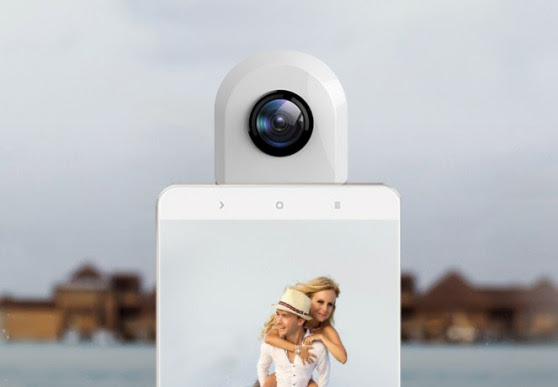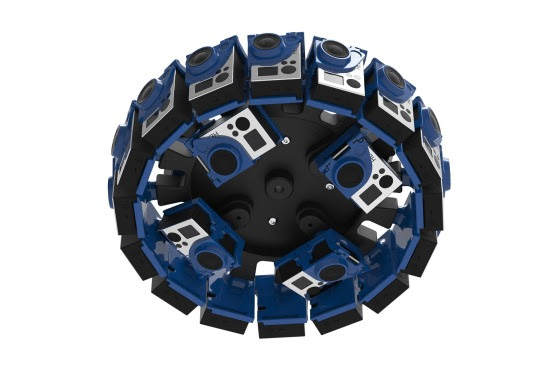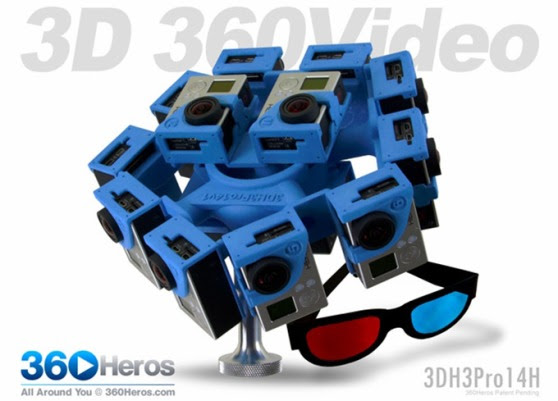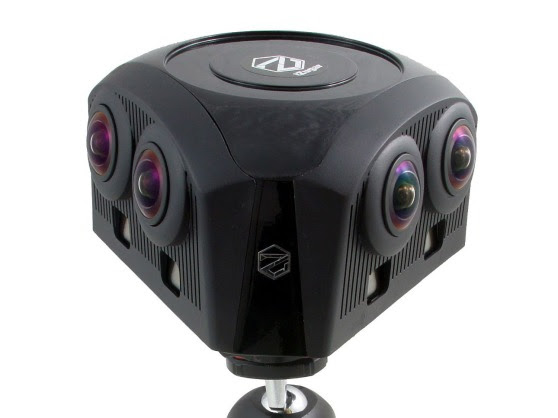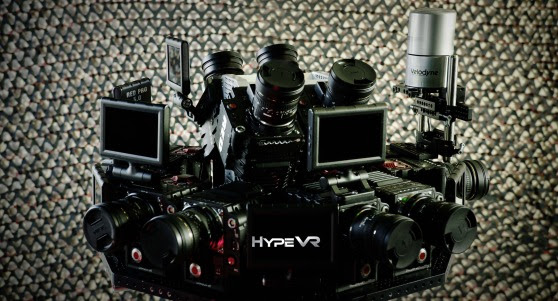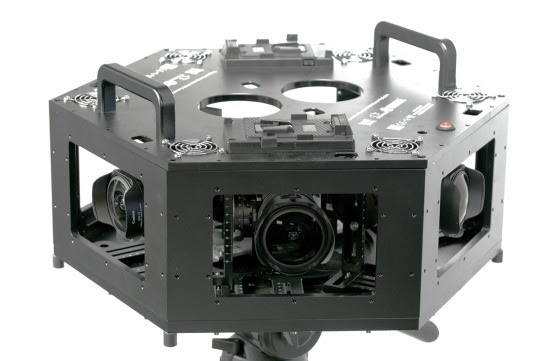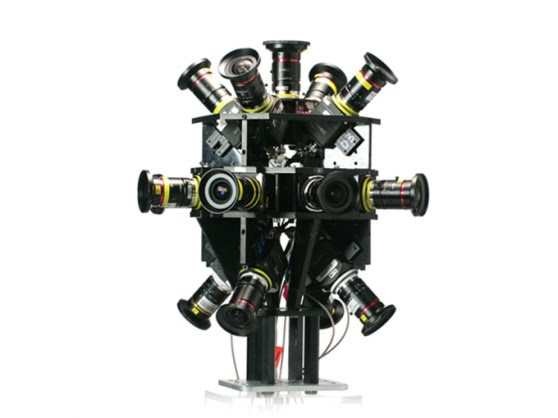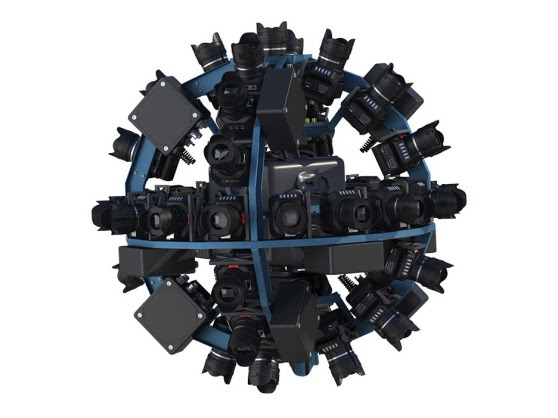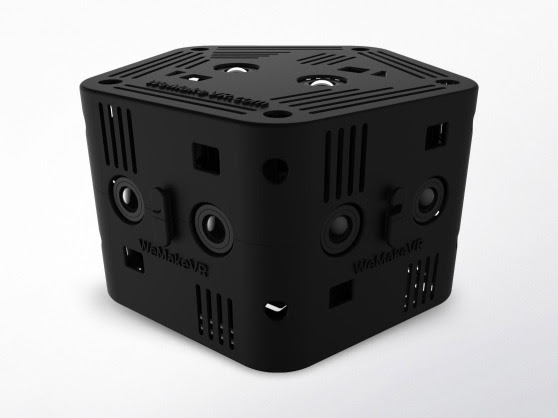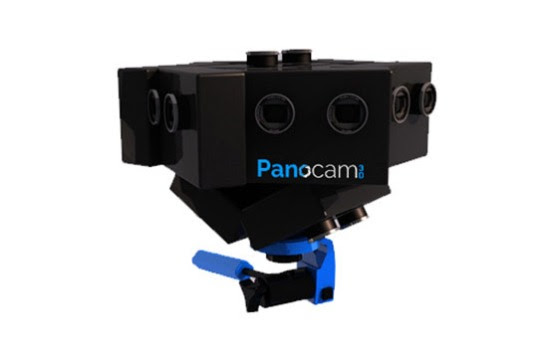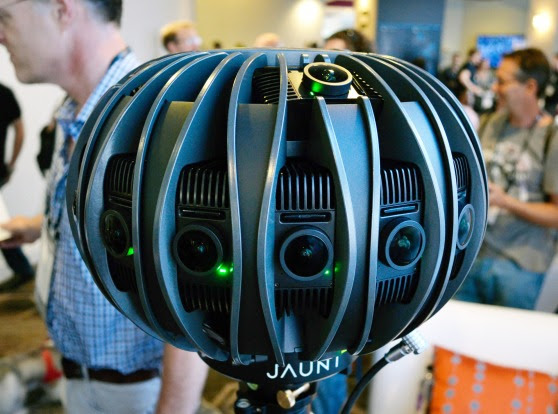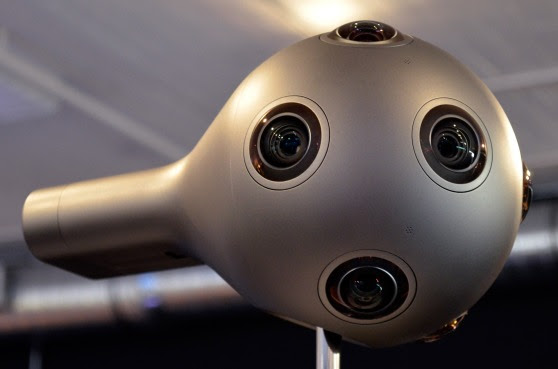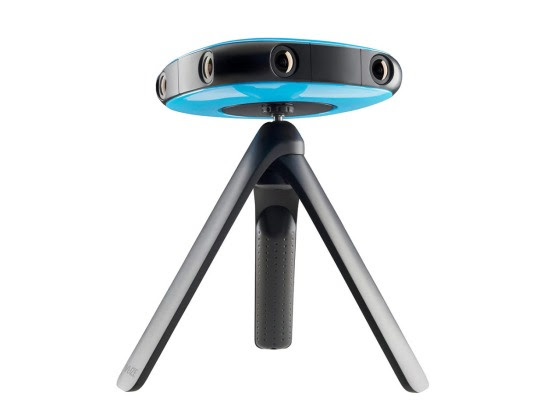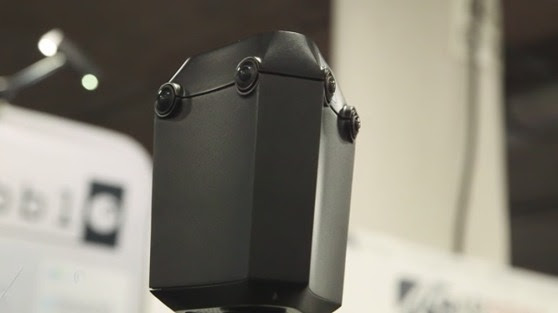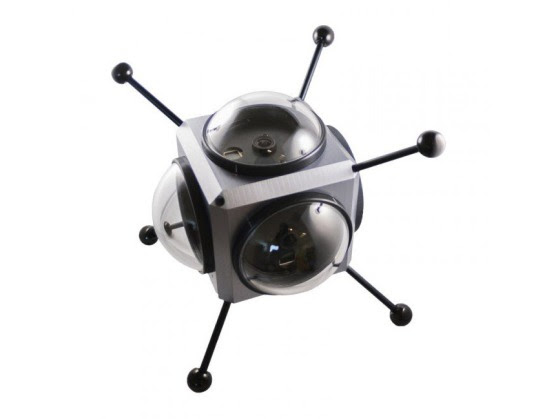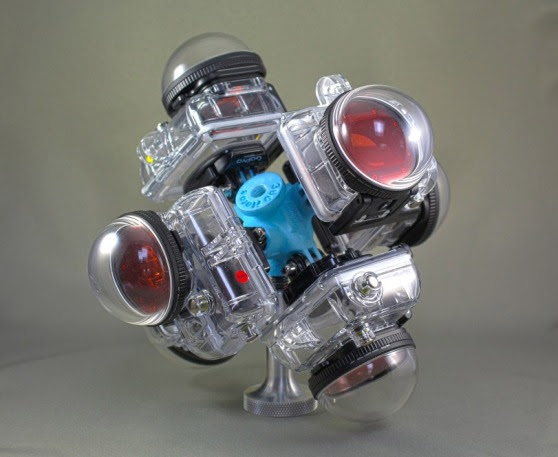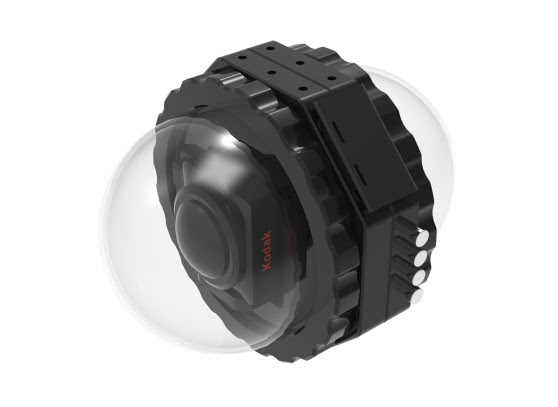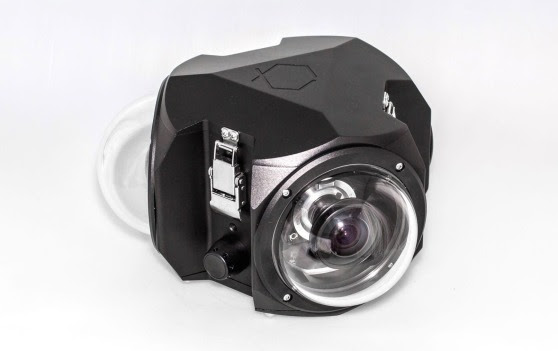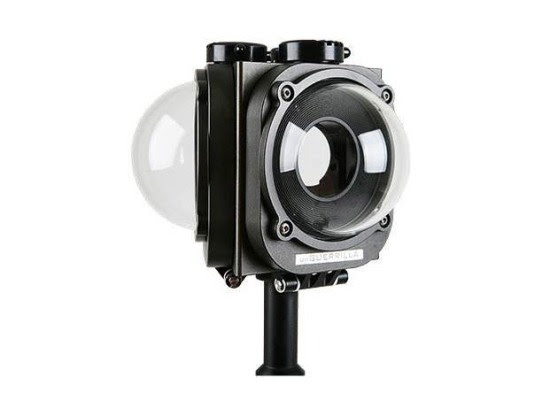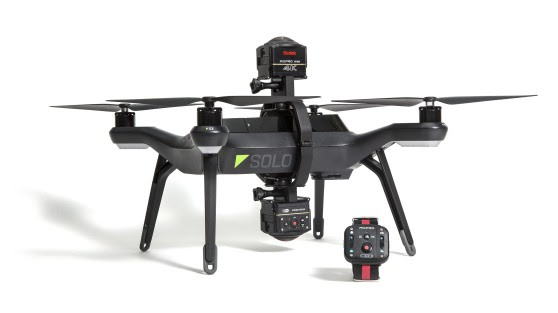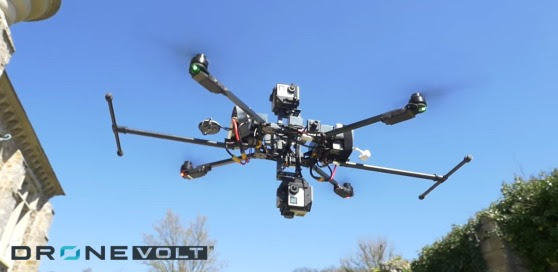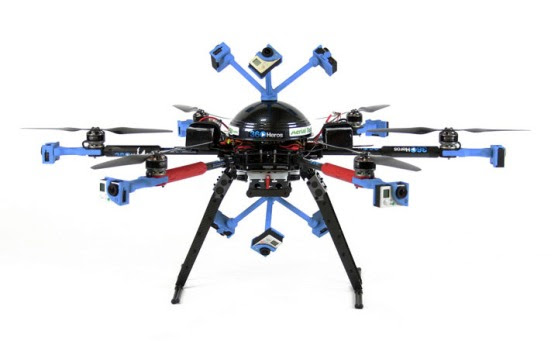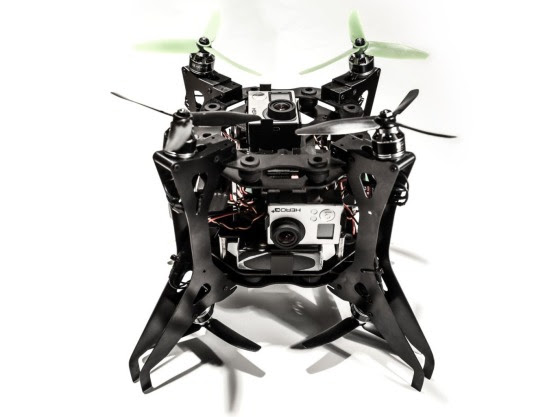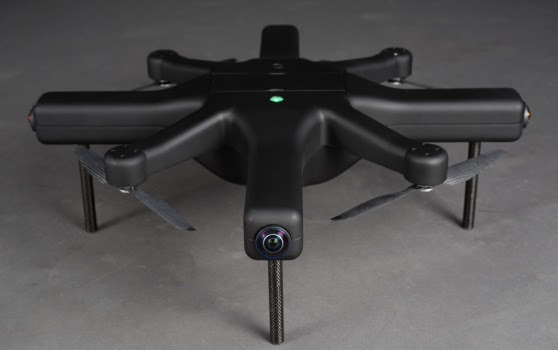Walt Disney throughout his amazing career gave the
world some of the most innovative animation and filming techniques.
Although not to first to utilize sound in cartoons, he elevated the
process and perfected it. The multi-plane camera, the first full-color
three-strip Technicolor process after several years of two-color
Technicolor films for the Silly Symphony short, “Flowers and Trees and
story boarding are just a few of the advances he and his talented
workers gave the industry. But perhaps one of the best processes he
presented, and somewhat forgotten today, was something we take for
granted in our modern world… Circarama! This ground-breaking technique
of showing a film in 360 degrees is seen today in the China Pavilion,
The Reflections of China and in the Canadian Pavilion, O Canada. The
name has changed over the years, but the effect on the audiences is
still one of amazement. We see movies today in Digital and High
Definition, even our flat screen TV’s are in 3D and coming out in 4K
resolution. Disney’s extremely popular attraction Soarin’ utilizes the
Imax HD filming processes.
But, this technique was not invented by Walt, in fact it had its
beginnings back at the 1900 Paris Exposition fair. The technique was
called Cinéorama and was invented by Raoul Grimoin-Sanson. In this crude
first attempt are Circle-Vision as we know it today, it simulated a
ride in a hot air balloon over Paris. Raoul began experimenting with
movie cameras and projectors in 1895, and was in contact with other
early researchers such as Étienne-Jules Marey. He patented the Cinéorama
on 27 November 1897. But Cinéorama only lasted 3 days at the fair.
Because of the high heat from the projector’s arc lights, the police
shut down the exhibition because of fear of fire. It was never shown
again until later in the century when it was perfected.
But before Walt and Ub Iwerks came to patent the unique 360 degree
Circarama, the first multi-screen process successfully developed was
invented by one Fred Waller (1886–1954). It was the first of a number of
innovative processes pioneered during the 1950s, when the movie
industry was countering competition from television. The process flagged
in the laboratory for several years until Waller joined forces with
early sound technician Hazard “Buzz” Reeves who with narrator Lowell
Thomas, film producer Mike Todd and later movie producer Merian C.
Cooper, created a commercially feasible system. This process used
projected images simultaneously from three synchronized 35 mm projectors
onto a, deeply curved screen. He had earlier created an 11-projector
system called “Vitarama” for the 1939 New York World’s Fair. During the
Second World War, he also fabricated a 5-camera system called the Waller
Gunnery Trainer. This process they called Cinerama was demonstrated at
the Broadway Theatre on September 30th, 1952 was entitled
“This is Cinerama”; and was met with much enthusiasm. The New York Times
gave it front-page news. Notables attending included… New York Governor
Thomas E. Dewey; violinist Fritz Kreisler; James A. Farley;
Metropolitan Opera manager Rudolf Bing; NBC chairman David Sarnoff; CBS
chairman William S. Paley; Broadway composer Richard Rodgers; and
Hollywood mogul Louis B. Mayer.
So how did Walt decide on his new “Circarama”? One of Disney’s first
Imagineers and mechanical engineer Roger Broggie recalled in an
interview… “Walt, after seeing the new theater process of Cinerama at
the Hollywood Pantages theater, where three large screens were in
synchronization to present a motion picture like How the West Was Won or
It’s a Mad, Mad, Mad, Mad World, called special effects expert Eustace
Lycett to his office and wondered… Since three screens could be put
together, would it be possible to extend it so that there would be
screens surrounding the entire audience?”
Ub Iwerks recalls that…” One afternoon, while working on the Disney
live-action film Westward Ho, the Wagons, he paused in a hallway of the
Disney Studios in Burbank to talk a little with Walt Disney about some
of the challenges adapting some of the films to the Cinemascope process”
Allegedly, Walt asked Iwerks to explore the idea of developing a new
format for the presentation of movies that would involve a series of
screens that completely surrounded the audience a full 360 degrees.
Ub Iwerks, who was the man behind Mickey Mouse’ physical appearance,
also later on became a major player in technology used in color motion
pictures. (In 1960 he gleaned the prestigious Herbert T. Kalmus Gold
Medal, awarded by the Society of Motion Picture and Television Engineers
for his outstanding accomplishments i.e. the xerographic process for
animation, the color correction masking process, the double headed
optical printer and of course the 360 degree Circarama system). It
differed from the Cinerama process by utilizing nine cameras for nine
huge screens arranged in a circle. The cameras were usually mounted on
top of an automobile for scenes through cities and highways. The process
was so unique that Walt and Iwerks shared a patent on Circarama; they
filed for it on the one-year anniversary of Disneyland and was granted
four years later on June 28, 1960. It was first named Circarama, and
then re-named “Circle-Vision, in 1967 because of the similarity of both
previous names.
The first commercial subject matter for the new process was a film
called “Tour of the West”. It included eleven 16mm projectors, and it
ran for 12 minutes, and opened on July 17th, 1955. Of course,
the cost of the equipment and technology was great and Walt obtained a
sponsor… American Motors Corporation (AMC). This now defunct American
automobile company was created on January 14, 1954 by the merger of the
Nash-Kelvinator Corporation and the Hudson Motor Car Company. Although
it was Disney’s movie and attraction, the press, maps and even company
publications showed the attraction monikers as… “American Motors
presents Circarama,” “American Motors Exhibit,” or “American Motors
Circarama Exhibit,” George Romney the president of the company, stated
in an official June 27, 1955 press release… “This combination of
photographic skills and entertainment talents promises an unusual
spectacle for visitors to Disneyland. We’re happy to have a part to play
in making Circarama possible. As it represents added pleasure and value
for the public, sponsorship of the Circarama is another forward step in
our program to make American Motors mean more for Americans,”
The original show building was located in the left section of the
North Tomorrowland building. In 1967, New Tomorrowland opened and the
left section then became the pre-show area. Guests stood on an asphalt
circular area 40’ in diameter. Around the perimeter there were AMC’s
Kelvinator appliances and cars. The movie screens were eight feet off
the floor, each screen eight feet in height. And unlike today, there
were no rails to lean on. A center gondola with a camera for each screen
(11) was suspended above. The cameras were kept in synchronization with
slotted-rotor synchronous drive motors, and a special Selsyn motor
control unit was overlaid on the projector installation. In addition, if
a bulb burned out, an automatic bulb-changing mechanism on the
projector swung the burnt out bulb out of position and replaced it with a
new one; the picture would continue on again in less than two seconds.
The screens were separated by a 6” wide black strip to prevent the
“blind spots” inherent in the system, and they eliminated the jiggle
between adjacent screen sections, making it seem you were in a car and
looking out through the windows. At the start of the show a narrator
would explain the projection method and would introduce the line of
Kelvinator appliances for the sponsor… “In a few moments, you will see
the most unique motion picture presentation ever developed. You will be
completely surrounded by the picture that you see. We hope that you will
enjoy… Circarama.”
Even the way Disney filmed the movie was innovative. A special camera
platform was mounted atop an AMC Rambler. There were 11 16mm Kodak
cameras each with 200 feet in film magazines, arranged on the platform
in 360 degrees’ view. To keep the cameras in sync, the cameras were
driven by a chain on a single drive sprocket. A tachometer was utilized
for complete control of shooting speed from 8 to 24 frames per second.
The film was a travelogue from southern California and parts of the
Western United States, including Las Vegas.
The art director for the project was Peter Ellenshaw, English matte
designer and special effects creator (And a Disney Legend). In a 1997
interview with Disney Historian Jim Korkis, Peter gave this account
concerning the problems with the shoot… “It was a travelogue in the
round of Southern California and the West,” Ellenshaw remembered. “They
mounted 11cameras on a circular platform atop a station wagon. I was the
art director. My greatest problem is I would find this lovely
composition, just beautiful, but the cameras behind this vista would
show all this trash and junk. It was horrible. I had nothing to do with
the mechanical side of the process. That was all Iwerks. On Wilshire
Boulevard, we ran the cameras at half speed so when it was run at normal
speed it seemed like we were demons going at tremendous speeds and
somehow amazingly stopping just in the nick of time. That’s the scene
that most people remember. That film lasted until around 1959 and then
they replaced it.” During the “race” down Wilshire, a police siren was
added in post-production to give the impression of danger. In this
“condensed” film of 12 minutes, guests relished a “Circarama” view
commencing on Sunset Boulevard, Wilshire Boulevard, the LA Freeways,
Monument Valley Arizona, then on to Newport Harbor, and finishing at Las
Vegas and the Grand Canyon. The film and process received mostly
favorable reviews by press and peers, but there were still doubts about
its future as a storytelling medium.
For the Brussels World’s Fair in 1958, Walt filmed a new Circarama
masterpiece, “America the Beautiful”; showcasing our entire country to
the world. Walt Disney’s America the Beautiful was a highlight of the
American pavilion. The film replaced Tour of the West in June of 1960,
this time sponsored by Bell Telephone. Bell Telephone’s advertisement in
the Los Angeles Times of June 14, 1960 read… New! The Bell System
Presents “America the Beautiful” in CIRCARAMA. Circarama puts you in the
middle of the action, completely surrounded by magnificent motion
pictures in color. Among the many fascinating places Circarama takes you
in “America the Beautiful” are New York Harbor; Times Square; a Vermont
country church set against the splendor of the autumn foliage;
Williamsburg, Virginia—cradle of American culture; Pittsburgh steel
mills; Detroit automobile factories; Midwestern railroad freight yards;
Oklahoma cowboys rounding up cattle; wheat-harvesting combines in
Montana; copper mines in Utah; Monument Valley; Hoover Dam; The Grand
Canyon; San Francisco; The Golden Gate Bridge; and campus life at
America’s great University of California at Los Angeles. Presented free
of charge.
The eleven-screen America the Beautiful attraction at Disneyland
closed permanently in September 1966. It was replaced by the third film,
“America the Beautiful!” In 1967 a new 35mm film print expanded the
film, now using nine cameras, and the process was renamed “Circle-Vision
360” The film ran until January of 1984. Other films were shown in the
theater until 1996. America the Beautiful!” made its final bow July 1996
to September, 1997; when the theater was closed for good.
These films and the processes used are mostly forgotten today with
all the new CG and digital methods employed now, but again Walt Disney
showed why he was a giant in the industry…He would invent what he needed
to give guests the best, or prefect inferior processes to his high
standards, but the result is the same.
























